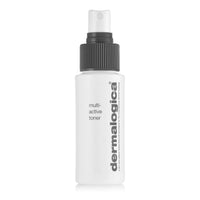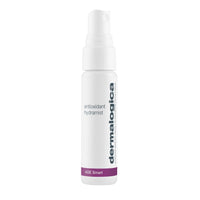Here are the facts you need to choose the best sunscreen for your skin.
-
Physical sunscreen uses minerals that sit on top of skin and reflect away UV rays.
-
Chemical sunscreen uses ingredients that absorb and transform UV rays into heat.
Understanding Sunscreen Basics
Before we dive into the specifics of physical and chemical sunscreens, let’s start with some fundamental concepts. Sunscreen is a vital component of skin care routines, offering protection against harmful UV rays from the sun. Regardless of the type, the primary goal of sunscreen is to shield the skin from sun damage, which can lead to premature aging, sunburns, and even skin cancer.
the difference between physical and chemical sunscreen
There are two main types of sunscreen: physical and chemical. While each one helps protect skin from UV rays, they also each have their own unique properties and benefits.
PHYSICAL SUNSCREEN
how it worksuses minerals that sit on top of skin and reflect away UV rays
ideal forall skin types and conditions, including sensitive; post-treatment SPF
the benefits of physical sunscreen
Physical sunscreen, also called mineral sunscreen, sits on top of skin. Most physical sunscreens leave a white or tinted residue on skin, so it takes a moment for them to sink in and become invisible.
A few we recommend trying:
-
Porescreen SPF 40: Helps blur the look of pores and has a hint of tint to give skin a primer-like effect.
-
Skinperfect Primer SPF 30: Primes and smooths the appearance of fine lines.
-
Invisible Physical Defense SPF 30: Rather than leaving a tinted residue on skin, this ultra-sheer formula helps prevent a chalky effect.
To identify this type of sunscreen, look for the words “mineral” or “physical,” as well as active ingredients like Zinc Oxide or Titanium Dioxide.
Physical sunscreen:
-
Helps protect against UVA and UVB rays
-
Starts working immediately upon application – there’s no need to wait before exposing skin to daylight
-
Is generally comfortable for all skin types and conditions, particularly sensitive skin
CHEMICAL SUNSCREEN
how it works
uses ingredients that absorb and transform UV rays into heat ideal for most skin type
ideal for
most skin types and conditions; active lifestyles
the benefits of chemical sunscreen
Chemical sunscreens use ingredients that absorb into skin and transform UV rays into heat. This type of sunscreen tends to be popular, not only because it feels light, but it’s less noticeable.
A couple we recommend:
- Prisma Protect SPF 30: Helps provide hydration and leaves skin looking luminous.
- Dynamic Skin Recovery SPF 50: Helps visibly firm, smooth, and protect skin.
Chemical sunscreen:
-
Helps protect against UVA and UVB rays
-
Needs time to absorb (15 to 30 minutes) before exposing skin to daylight
-
Comfortable for most skin types and conditions
-
Is typically more water- and sweat-resistant
what sunscreen to use
At Dermalogica, we believe any sunscreen is better than no sunscreen to help protect your skin from UV damage. So, really, it all comes down to which formula you prefer. That’s exactly why we offer a broad range of SPF moisturizers and sunscreens to suit different preferences and lifestyles. To find out which formula is right for you, chat with one of our professional skin therapists, and shop all SPF products here



















